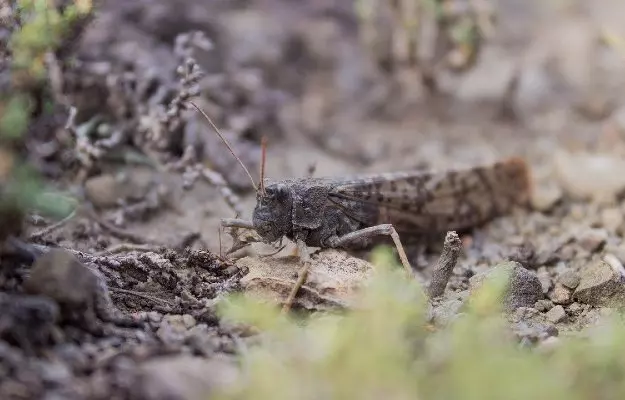Large swarms of desert locusts, a species of locusts identified by their short horns, made their way into the Indian plains last month, threatening to wipe away large scales of crops and farm produce. The skies in Gurgaon, a neighbouring city to India's capital New Delhi, were filled with huge swarms of locusts that are reportedly making their way through the state of Haryana and onto the state of Uttar Pradesh.
Many states in the northern region of India have been put on high alert, particularly to save large amounts of farmlands from being destroyed.
The Agriculture Department of the Delhi government on Saturday, 27 June, issued an advisory on measures "to contain and control the menace of desert locusts" in the state.
District magistrates in the state and related authorities have been advised to remain on high alert and coordinate with local fire departments to make arrangements to protect crops and fields from large-scale destruction with the use of the following pesticides mixed in the prescribed quantities.
- Malathion 50% EC
- Malathion 25% WP
- Chloropyrifos 20% EC
- Chloropyrifos 50% EC
The above-mentioned insecticides have been advised to be used with the prescribed amount of dosage per hectare of the farmland diluted with 500 litres of water.
Homeowners in urban cities with plants in their garden or balcony have been advised to cover them with plastic sheets to avoid locusts from sitting and feeding on them.



























